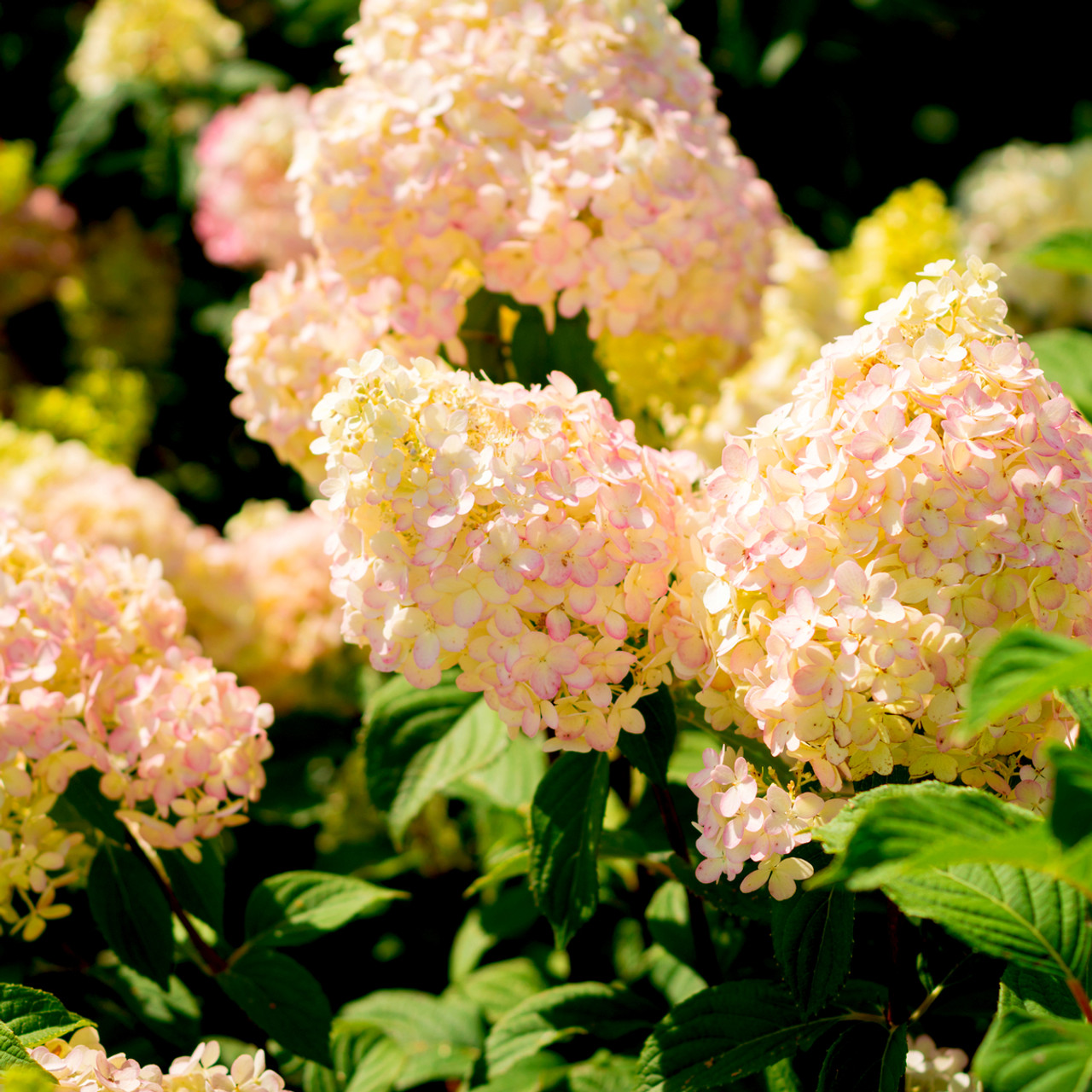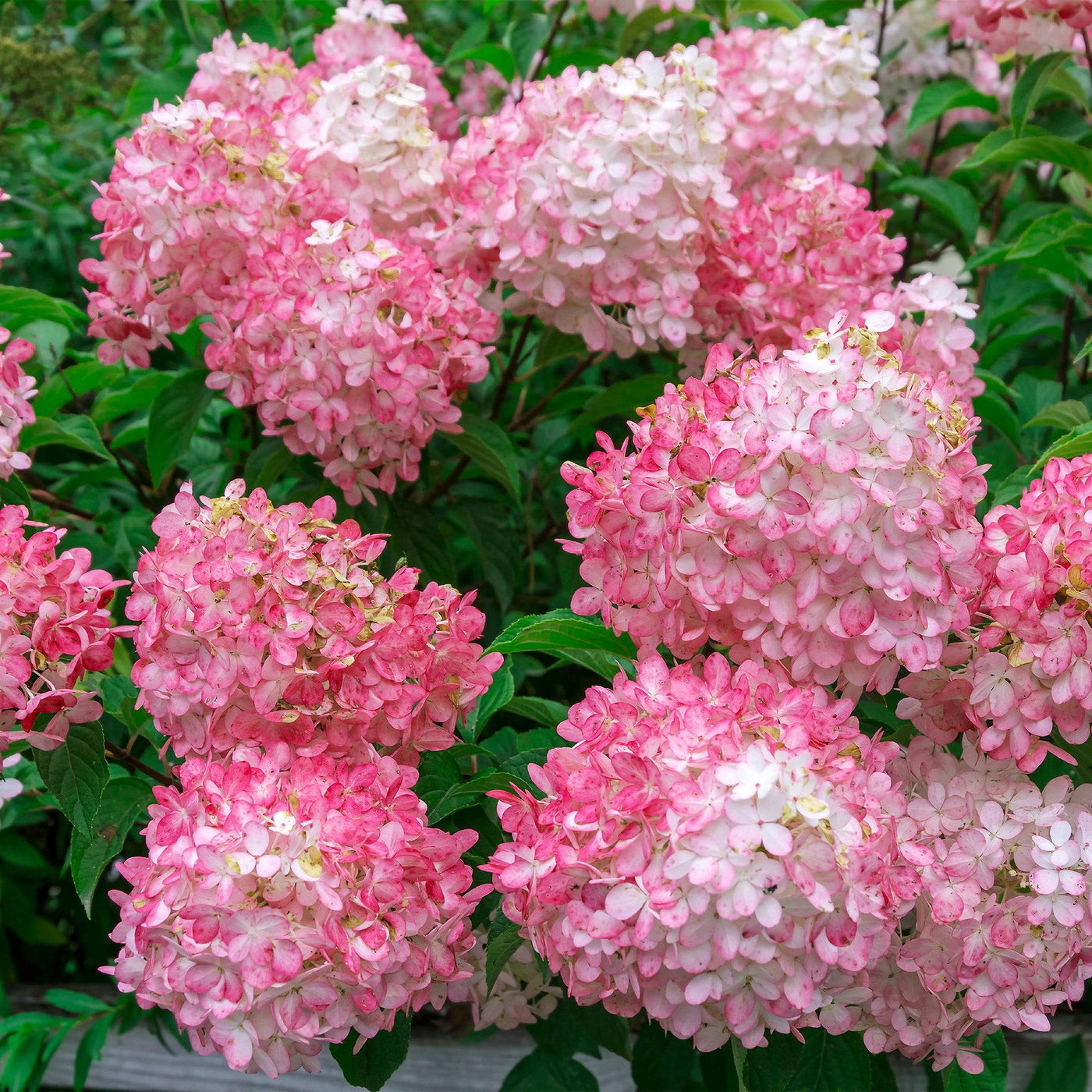Pink Lady Hydrangea: The Showstopper Shrub That Will Bloom All Summer Long
Pink Lady Hydrangea: The Showstopper Shrub That Will Bloom All Summer Long
Hydrangeas are some of the most popular shrubs in the world, and for good reason. They are known for their large, colorful blooms that can brighten up any garden. Pink Lady Hydrangea is a particularly stunning variety that is sure to turn heads.
Pink Lady Hydrangea is a deciduous shrub that can grow up to 6 feet tall. It blooms in the summer, producing large, conical clusters of pink flowers. The flowers can be up to 12 inches in diameter, and they can last for several weeks.
Pink Lady Hydrangea is a relatively easy plant to care for. It prefers full sun or partial shade, and it needs well-drained soil. It is also drought-tolerant, once it is established.
Pink Lady Hydrangea is a great choice for a variety of gardens. It can be used as a focal point in a flower bed, or it can be planted in a hedgerow. It is also a good choice for containers.
If you are looking for a showstopper shrub that will bloom all summer long, then Pink Lady Hydrangea is a great option. With its large, colorful blooms, it is sure to add a touch of beauty to your garden.
Main Content
Growing Pink Lady Hydrangea
Pink Lady Hydrangea is a relatively easy plant to grow. It prefers full sun or partial shade, and it needs well-drained soil. It is also drought-tolerant, once it is established.
Here are some tips for growing Pink Lady Hydrangea:
- Plant in full sun or partial shade.
- Provide well-drained soil.
- Water regularly, especially during the first year after planting.
- Fertilize in the spring with a balanced fertilizer.
- Prune in the spring to remove dead or diseased branches.
Caring for Pink Lady Hydrangea
Once you have planted your Pink Lady Hydrangea, it is important to care for it properly. Here are some tips for caring for Pink Lady Hydrangea:
- Water regularly, especially during the first year after planting.
- Fertilize in the spring with a balanced fertilizer.
- Prune in the spring to remove dead or diseased branches.
- Protect from pests and diseases.
Pink Lady Hydrangea Pests and Diseases
Pink Lady Hydrangea is susceptible to a few pests and diseases. These include:
- Aphids: Aphids are small, soft-bodied insects that can suck the sap from plants. They can be controlled with insecticidal soap or neem oil.
- Powdery mildew: Powdery mildew is a fungal disease that causes a white powdery coating on leaves. It can be controlled with a fungicide.
- Rust: Rust is a fungal disease that causes orange or brown spots on leaves. It can be controlled with a fungicide.
Propagating Pink Lady Hydrangea
Pink Lady Hydrangea can be propagated by cuttings or division.
To propagate by cuttings, take 4-6 inch cuttings from the new growth in the spring. Dip the cuttings in rooting hormone and plant them in a well-drained potting mix. Keep the cuttings moist and in a warm location. They should root in about 4-6 weeks.
To propagate by division, dig up a mature plant in the spring or fall. Use a sharp knife to divide the plant into two or more sections. Replant the divisions in a well-drained location.
Conclusion
Pink Lady Hydrangea is a beautiful and easy-to-grow shrub that is sure to add a touch of beauty to your garden. With its large, colorful blooms, it is sure to be a showstopper.
If you're looking for a beautiful and easy-to-grow hydrangea, then the hydrangea paniculata Pink Lady is a great choice. These flowers are known for their large, cone-shaped blooms that can reach up to 12 inches in diameter. The blooms start out a light pink color in the spring, but they gradually fade to a deeper pink as the summer progresses.
Pink Lady hydrangeas are a hardy plant that can tolerate a wide range of soil conditions. They prefer full sun, but they can also tolerate partial shade. These flowers are also drought-tolerant, so you won't have to worry about watering them too often.
If you're interested in learning more about hydrangea paniculata Pink Lady, I recommend visiting . This website has a wealth of information about this plant, including growing tips, care instructions, and even a plant finder to help you find the perfect location for your Pink Lady hydrangea.
FAQ of hydrangea paniculata pink lady
FAQ about Hydrangea paniculata Pink Lady
1. What are the best conditions for Hydrangea paniculata Pink Lady?
Hydrangea paniculata Pink Lady prefers full sun to partial shade, and well-drained soil. It is not fussy about the soil type, as long as it is not too alkaline. The ideal pH for Pink Lady hydrangeas is between 6.0 and 6.5.
2. What are the most common pests and diseases that affect Hydrangea paniculata Pink Lady?
The most common pests that affect Pink Lady hydrangeas are aphids, scale insects, and spider mites. These pests can be controlled with insecticidal soap or neem oil. The most common diseases that affect Pink Lady hydrangeas are leaf spot, powdery mildew, and root rot. These diseases can be prevented by watering the plant regularly and making sure that the soil is well-drained.
3. How do I deadhead Hydrangea paniculata Pink Lady?
Deadheading Hydrangea paniculata Pink Lady is important to encourage new blooms. To deadhead, simply pinch off the spent flower heads. You can do this any time after the flowers have faded.
4. How do I overwinter Hydrangea paniculata Pink Lady?
In colder climates, Hydrangea paniculata Pink Lady may need to be protected from the cold. To overwinter, simply cut the plant back to about 6 inches and mulch around the base with a few inches of straw or leaves.
5. How do I change the color of Hydrangea paniculata Pink Lady?
The color of Hydrangea paniculata Pink Lady is determined by the pH of the soil. In alkaline soil, the flowers will be pink or red. In acidic soil, the flowers will be blue or purple. To change the color of your Pink Lady hydrangea, you can add garden sulfur or aluminum sulfate to the soil to lower the pH.
Image of hydrangea paniculata pink lady
- Image 1: A close-up of a single pink hydrangea paniculata bloom. The petals are a soft pink color with a white center.

- Image 2: A full bush of hydrangea paniculata pink lady in bloom. The blooms are a light pink color and are arranged in large, conical clusters.

- Image 3: A hydrangea paniculata pink lady bush in full bloom against a blue sky. The blooms are a bright pink color and are surrounded by green leaves.

- Image 4: A vase of hydrangea paniculata pink lady blooms. The blooms are a pale pink color and are arranged in a loose bouquet.

- Image 5: A hydrangea paniculata pink lady bush in a garden setting. The bush is surrounded by other flowers and plants, and the blooms are a light pink color.

Post a Comment for "Pink Lady Hydrangea: The Showstopper Shrub That Will Bloom All Summer Long"